My main colleague from the health center and I have started a youth group or club of adolescents which meets every other Saturday from 9 am until noon. The objective of this youth group is to give capacity training to youth who are motivated and have the desire to become youth leaders/promoters of community health in their communities. My colleague who has the position of community educator, the doctor and director of the health center and a few nurses and I have all contributed to the training of these youth. I have given training in the areas of self-esteem, effective communication, nutrition, and the influenza pandemic. The other health center personnel have given lessons on family planning, and first aid and vital signs such as how to take temperature, blood pressure, give injections, respiration rate and pulse. It is excited to see how motivated some of these Nicaraguan youth can be, seeing that being a member of this club for three hours every other Saturday morning is a voluntary commitment of time and there are no tangible or materialistic rewards for attending. In total about 45 youth had signed up to be a part of the group but only about 25 showed up to the first meeting and for subsequent meetings, the enrollment has decreased consecutively to about 14 who attended this last Saturday. The ages of these youth range from 13 to 17 and all are in 3rd, 4th, or 5th year in high school.
This week, I have been busy accompanying the team of doctors and nurses on visits to the rural and outlying communities. Generally speaking these outlying communities are 30 minutes to 1 hour away by ambulance and many of these roads are not paved and very rocky. Therefore, the ambulance has 4-wheel drive and is an S.U.V. In these visits I have gone to the elementary schools and given short talks on how to prevent malaria and dengue fever, personal hygiene and how to prevent common illnesses such as influenza and diarrhea. Also, along with one other health center employee, we have distributed a chewable tablet to each student that is supposed to treat the intestine and stomach for parasites and other protozoa. In Spanish the names of these chewable tablets are Mebendazol or Albendazol.
I have another observation in regards to the diet of the Nicaraguan people. They grow an enormous quantity of corn and beans here and as a consequence there is some form of corn derived food in every meal. For example, they make a drink that is called “pinol” or “pinollilo”. This drink has ground-up corn, water, and chocolate or cocoa powder. I have tried this concoction and think it is okay, but that hot cocoa in the states is more pleasing to the palate. In addition, it is impossible to find a tortilla made of flour here in Nicaragua and with every meal, three times a day, it is custom to eat your meal with a corn tortilla. Also, they eat “elote cocido” or “elote asado” which is basically like boiled corn-on-the-cob in regards to the former or cooked on the grill without the husk in regards to the latter. I have grown a liking to the latter but still prefer good old Midwestern (MN or IA) sweet corn with butter or sweet corn grilled with the husk on. In other words for me the way corn in the US is prepared is superior to the way Nicaraguan people prepare it. One aspect of the corn diet that I do like very much is the addition of baby corn to their chicken or beef soup. This “baby corn” in Spanish is called “chilote”. In the U.S. it is rare to eat this non-mature form of corn, with the exception in Chinese cooking, where one can find it in chow mein. Before arriving to Nicaragua, I had never realized that the baby corn one can find in their chow mein is actually corn, but it has just been harvested really early before the cob in the middle can mature and become hard. For this reason you are able to eat the baby corn in one whole piece, cob, husk and all because the husk is not yet matured either. Also, they have good ole Tamales which is ground corn wrapped in a leaf with meat or cheese inside as well as the “Nacatamal” which is not as dense as a Mexican Tamale, and usually has pork.
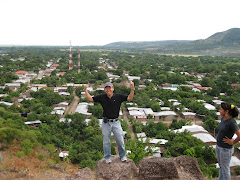



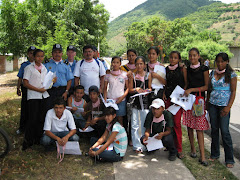


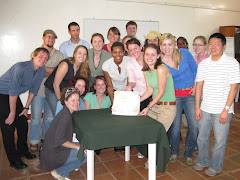
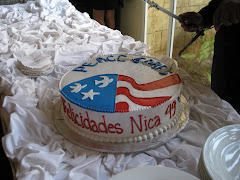
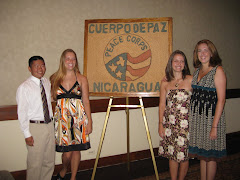
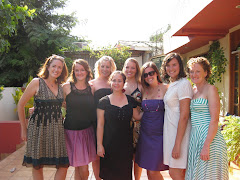
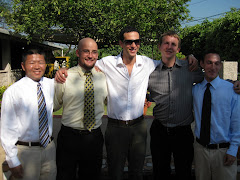
No comments:
Post a Comment